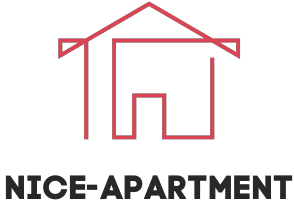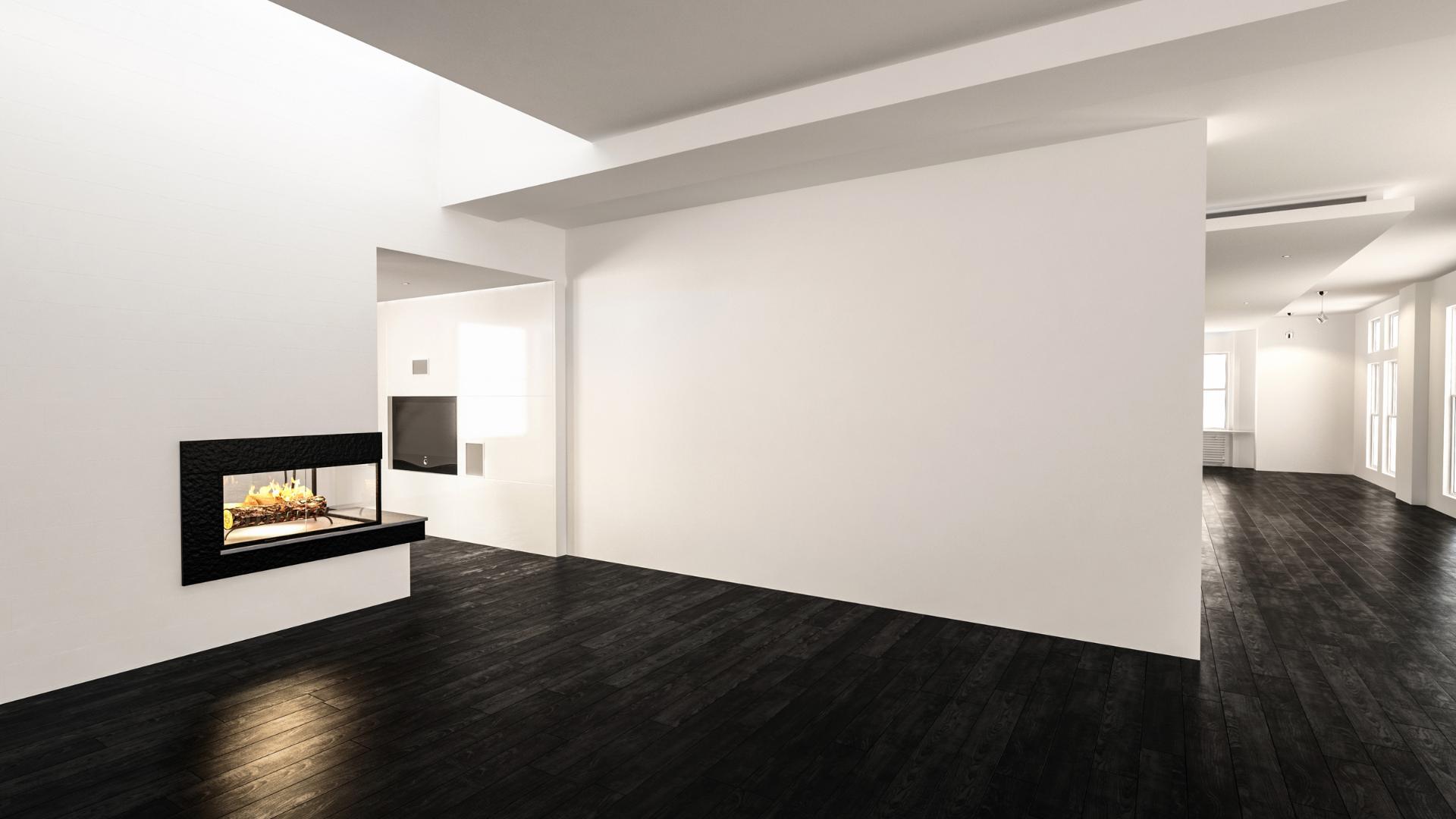As the demand for rental properties continues to grow, potential tenants are often faced with the choice between furnished and unfurnished apartments. There are several factors to consider when deciding which type of apartment is best suited for your needs, including cost, convenience, and the length of your lease. In this article, we will delve into the differences between furnished and unfurnished rental apartments, exploring the pros and cons of each option, and offering some guidance to help you make the best decision for your circumstances.
Furnished rental apartments: Benefits and drawbacks
Furnished rental apartments come equipped with furniture, appliances, and other household items, making the moving process easier and less time-consuming. These apartments can be an attractive choice for individuals who are relocating for a short period or who do not want to invest in purchasing furniture.
Pros of renting a furnished apartment
- Convenience: Moving into a furnished apartment is significantly less challenging than an unfurnished unit. With beds, tables, chairs, and kitchen appliances already in place, tenants can settle in quickly and comfortably.
- Short-term leases: Furnished rentals often cater to those who require a temporary place to stay, making them more likely to offer short-term lease options. This flexibility can be ideal for individuals who are uncertain about their long-term living arrangements.
- Lower initial costs: With a furnished unit, there is no need to purchase furniture or appliances, reducing the upfront costs associated with moving. This can be particularly beneficial for those on a tight budget or who may not want to commit to buying furniture.
Cons of renting a furnished apartment
- Higher monthly rent: As furnished apartments come with added conveniences, these properties typically demand higher rent than their unfurnished counterparts. This increased cost can add up over time, particularly for long-term tenants.
- Limited personalization: When renting a furnished apartment, you may find that the provided furniture and decor do not necessarily align with your tastes. This can make it challenging to create a space that feels like home.
- Potential for damage: Furnished rentals come with the risk of accidentally damaging the landlord’s property. This could lead to costly repairs or deductions from your security deposit.
Unfurnished rental apartments: Advantages and disadvantages
Unfurnished rental apartments, on the other hand, are essentially blank canvases for tenants to fill with their own belongings. This option often appeals to those who already own furniture and appliances or who are looking to establish a more permanent residence.
Pros of renting an unfurnished apartment
- Lower monthly rent: Unfurnished apartments usually have lower rental rates compared to furnished properties. This can save tenants a substantial amount of money over time, particularly for long-term leases.
- Personalization: With an unfurnished apartment, you have the freedom to choose your own furniture and decor, allowing you to create a space that feels uniquely yours.
- Long-term leases: Unfurnished rentals often cater to tenants seeking long-term living arrangements. This stability can be appealing for those who desire a sense of permanence and the opportunity to establish roots in a community.
Cons of renting an unfurnished apartment
- Higher initial costs: Renting an unfurnished apartment requires that you purchase or transport your own furniture and appliances. This can be a costly and time-consuming process, particularly for those moving long distances.
- Increased effort: Moving into an unfurnished property can be more labor-intensive, as you will need to arrange for the delivery and setup of your belongings. This can be especially challenging for those with limited time or resources.
- Longer lease terms: Unfurnished apartments often require longer lease commitments, which may not be suitable for those with uncertain living arrangements or who may need to relocate in the near future.
Factors to consider when choosing between furnished and unfurnished rental apartments
When determining whether a furnished or unfurnished rental apartment is the best fit for your needs, consider the following factors:
- Length of stay: If you plan to stay in your rental property for a short period, a furnished apartment may be more suitable. Conversely, if your intention is to establish a long-term residence, an unfurnished apartment might be a better choice.
- Budget: Consider the costs associated with both options. While furnished apartments typically have higher monthly rents, they can save you money upfront by eliminating the need to purchase furniture and appliances. Conversely, while unfurnished apartments often have lower monthly rents, the initial costs can be higher.
- Lifestyle: Think about your lifestyle and how it would be affected by your choice of rental property. If you have limited time or resources, a furnished apartment may offer greater convenience. Conversely, if you prefer to personalize your living space and have the means to do so, an unfurnished apartment may be a better fit.
In conclusion, the decision to rent a furnished or unfurnished apartment ultimately depends on your individual circumstances and preferences. By carefully considering the pros and cons of each option, as well as factors such as the length of your stay, budget, and lifestyle, you can make an informed decision about which type of rental property is best suited for your needs. Whether you choose a fully furnished, semi-furnished, or unfurnished rental, finding the right living space can positively impact your overall rental experience and provide you with a comfortable and welcoming home away from home.

